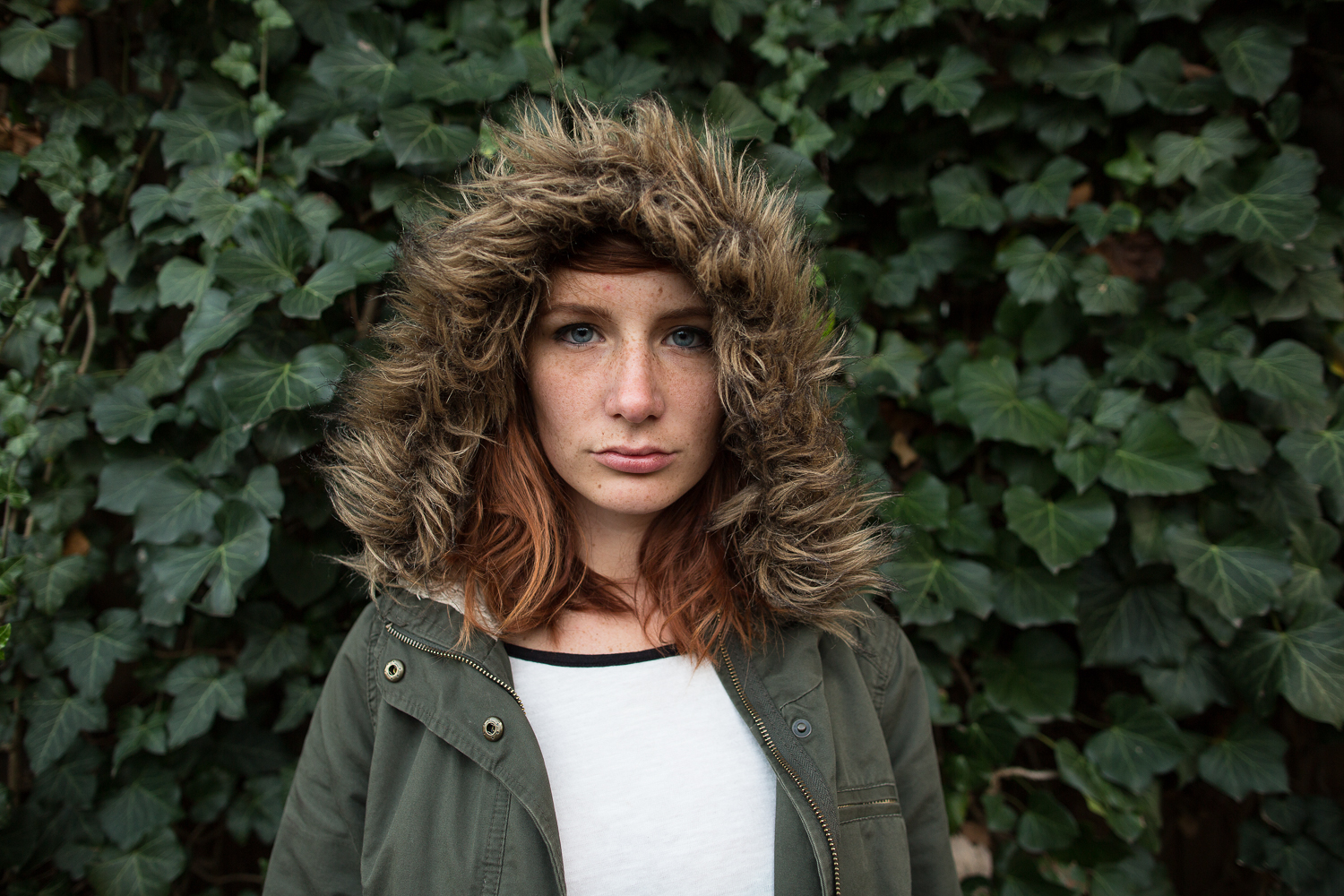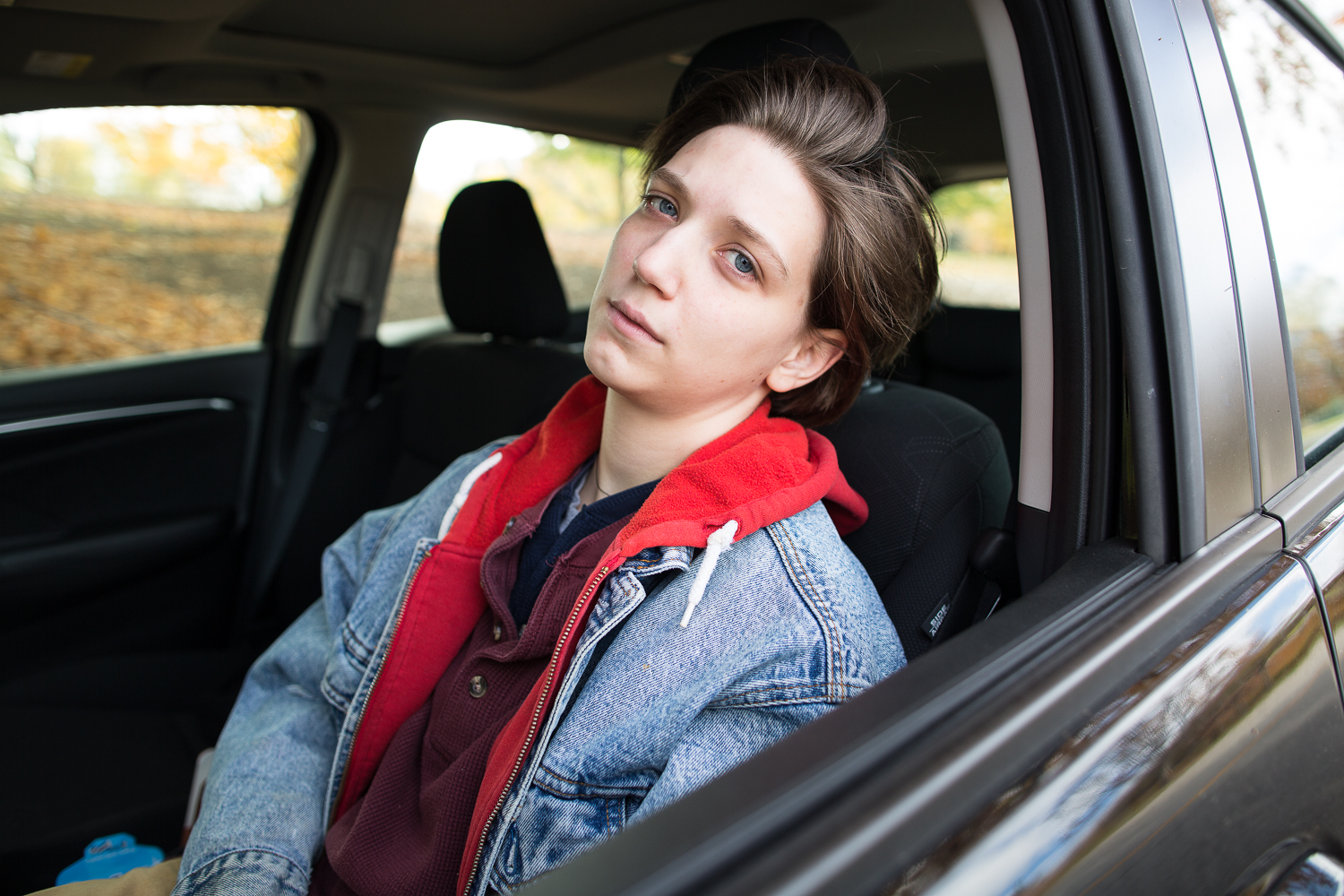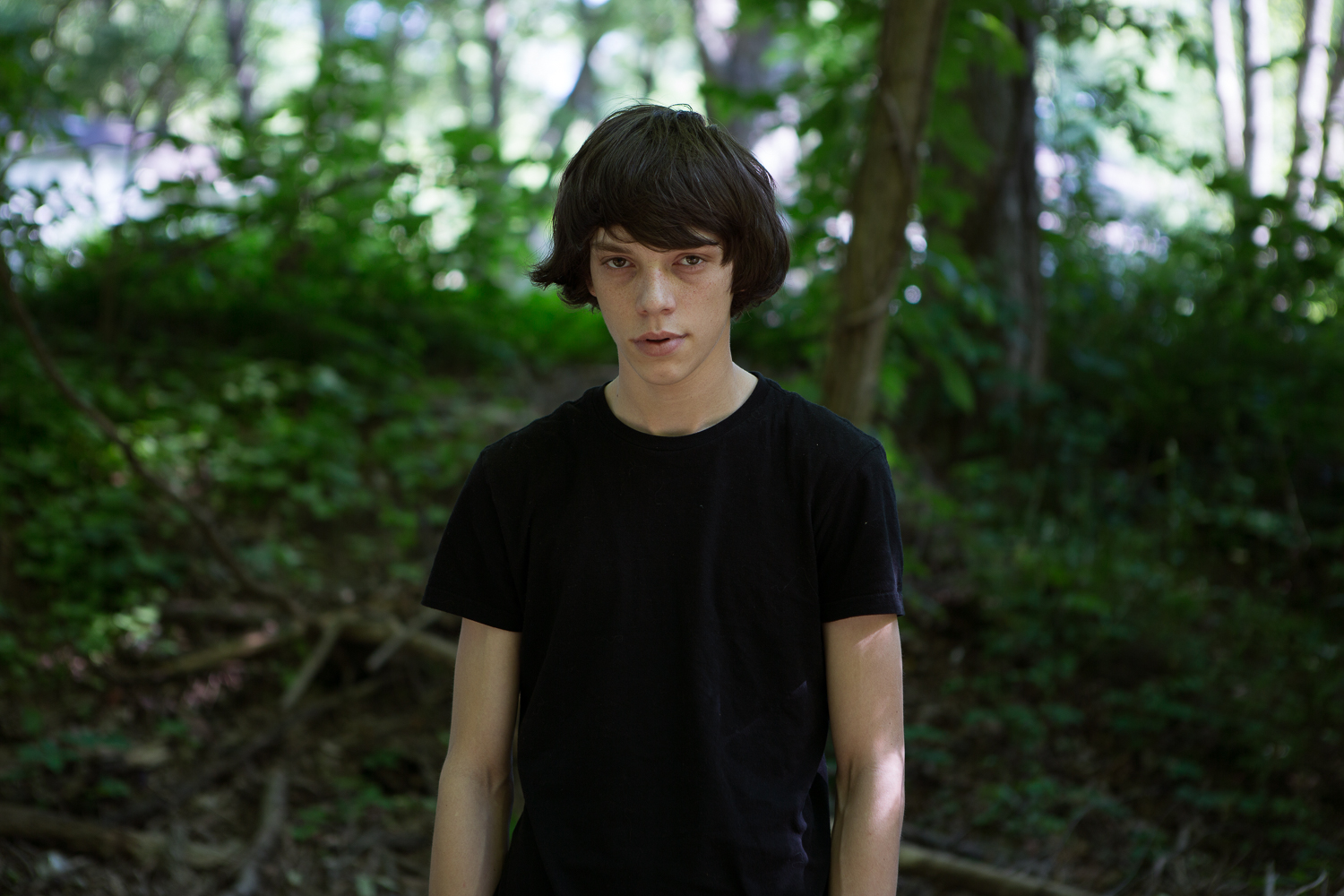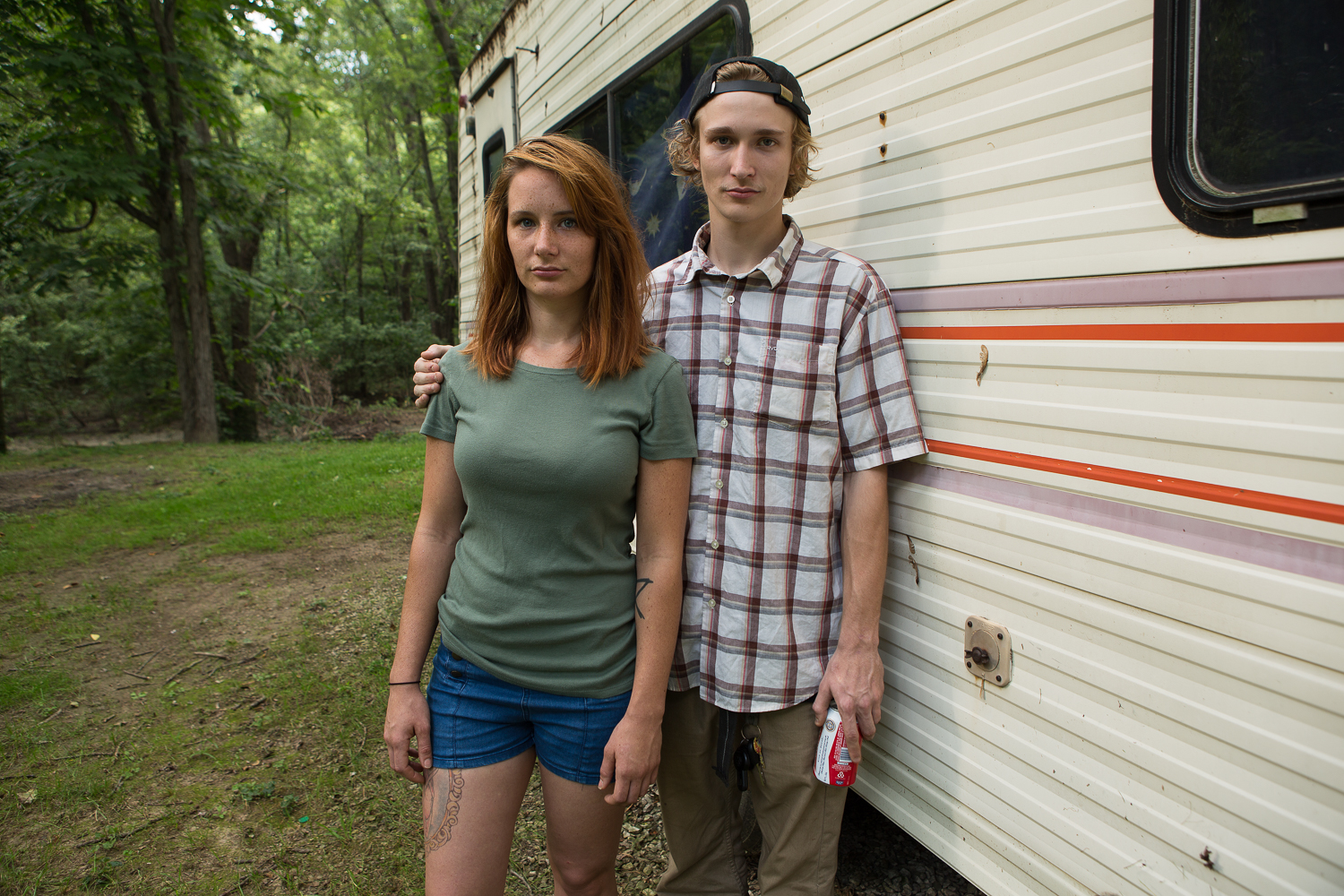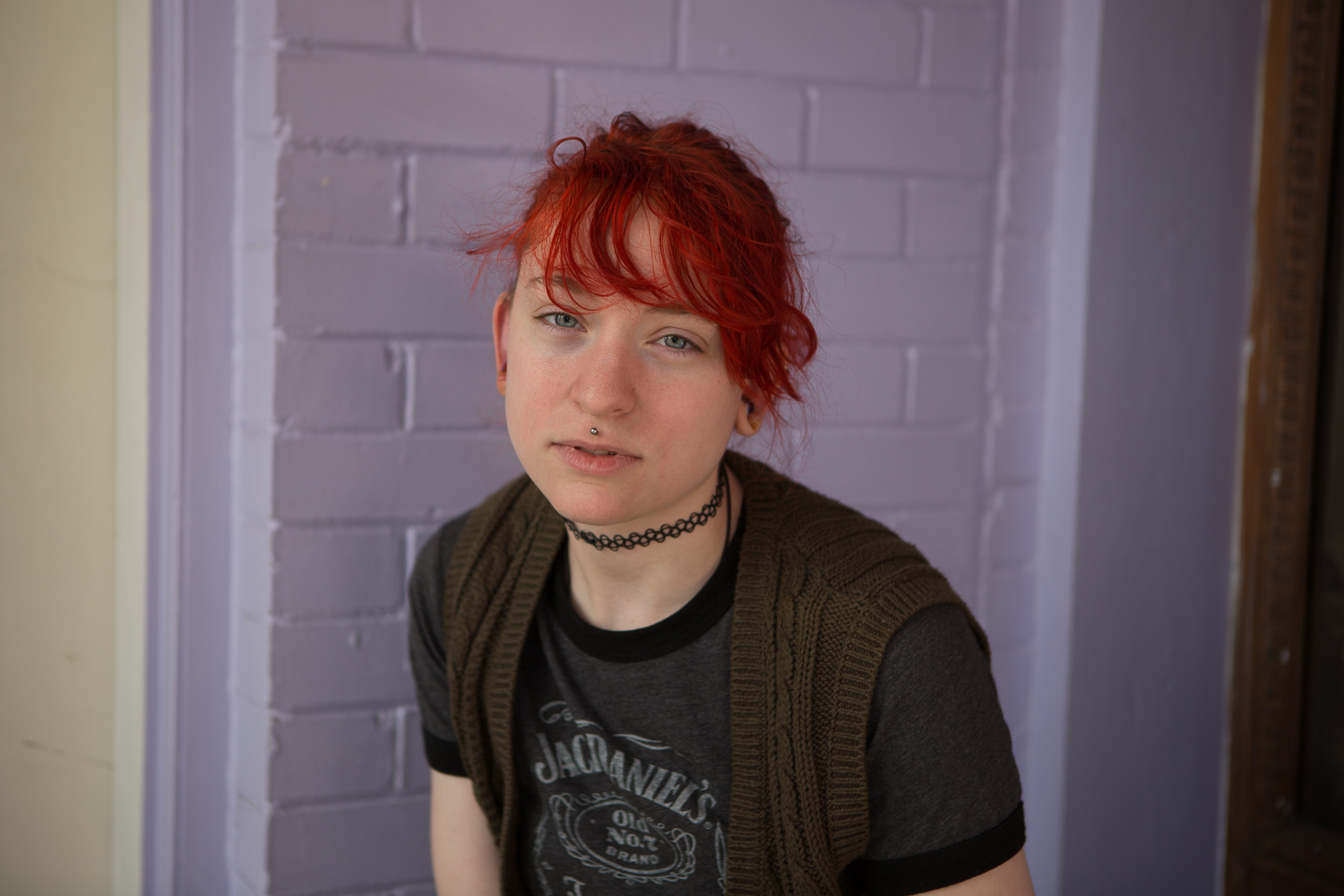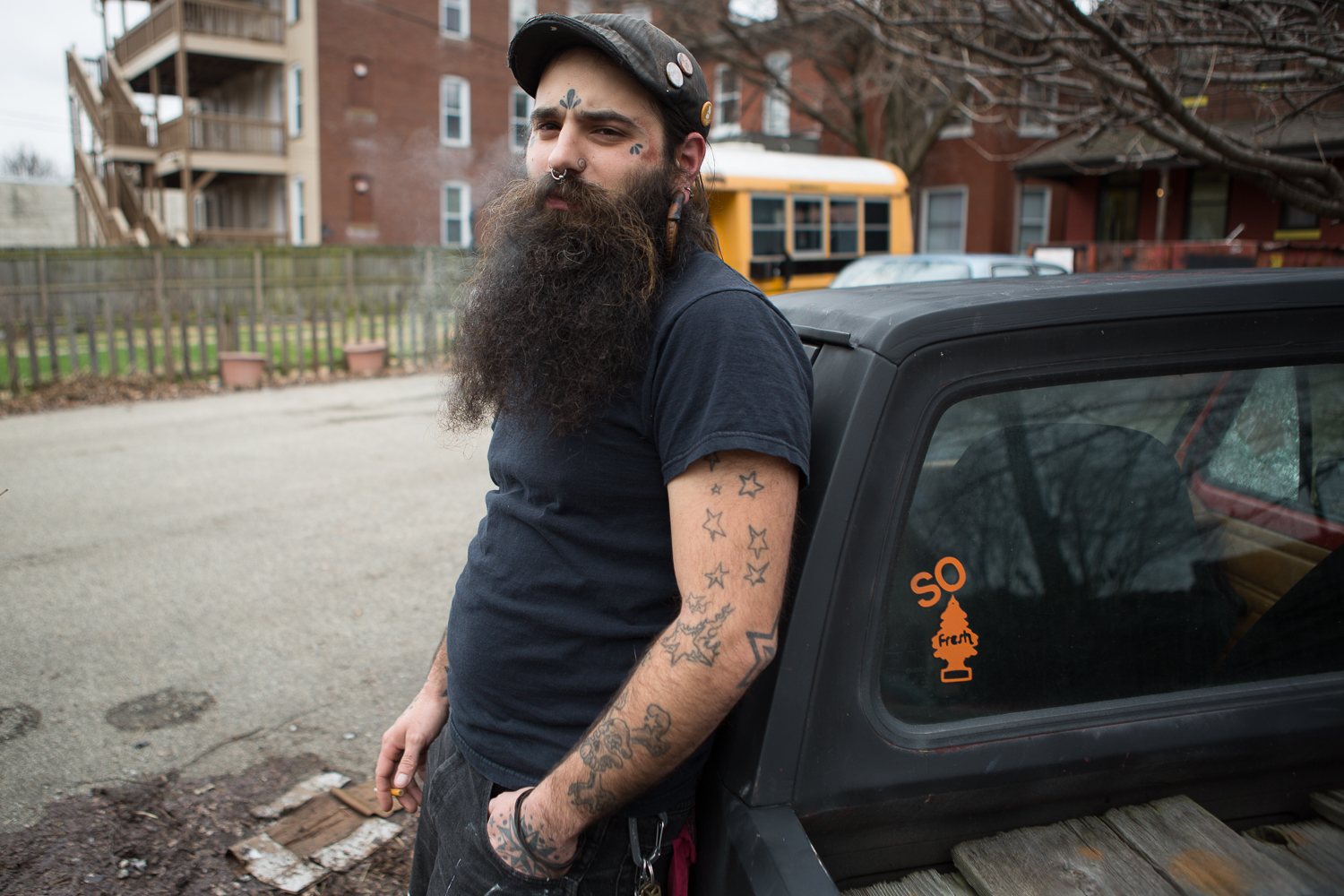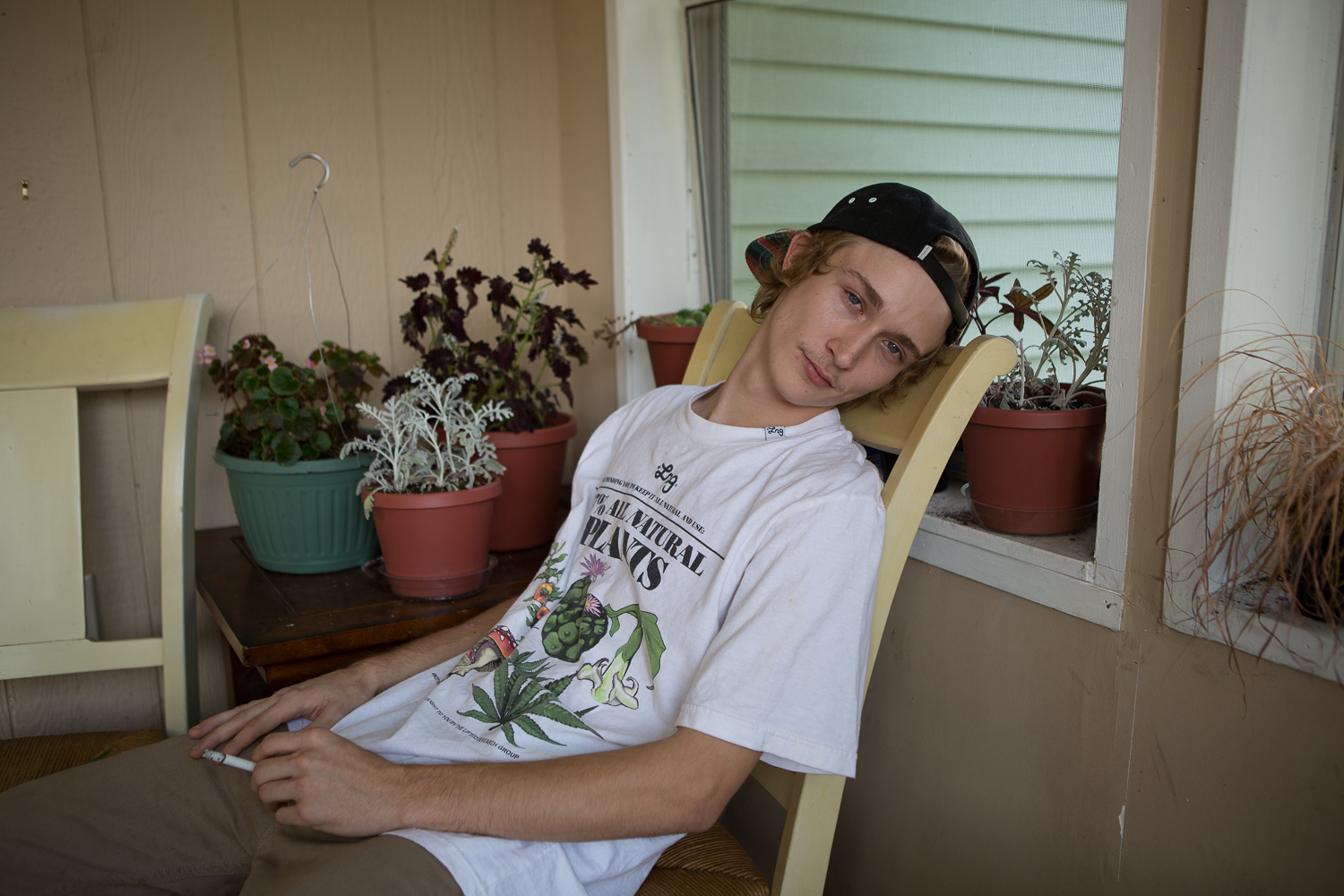Q&A: Rachael banks
By Zora J Murff | Published December 24th, 2015
Rachael Banks' work deals heavily with personal human experience and explores notions of identity, place, and relationships. Her work has been shown nationally, regionally, and internationally and has been featured in Fraction Magazine, Prism Magazine, Posi+Tive Magazine, Superstition Review, Feature Shoot, Lensculture, and have shown in exhibitions at PhotoPlace Gallery, Darkroom Gallery, Black Box Gallery, The Center for Fine Art Photography, and the Kinsey Institute. For this week's interview, Rachael and I discussed her series Between Home and Here, how connection and distance inform her work, and the photograph as an object of truth.
Zora Murff: Why photography?
Rachael Banks: I took my first black and white photography class my freshman year of high school and fell in love immediately. I was always an introverted individual and photography allowed me to say things I wanted to say without actually speaking. By my senior year of high school, my dad had turned my closet into a working darkroom. From the minute I picked up a camera, I was only interested in photographing people. I started out photographing my younger sister, friends, and significant others. I was always heavily influenced by my introspection and the obscure dynamic that was my family life and this came through in my earliest work. I had zero desire to go to college and felt burned out from working so hard to be a straight A student in High School that I was terrified by the idea of doing four years all over again. I felt overwhelmed by societal and family pressure to be successful. I am the oldest child in my family and I always held myself to irrationally high standards. This overwhelming panic resulted in my last drug overdose was two weeks before my first day of college. I don’t know where I would be today if I didn’t take that first photography class in undergrad. I have a bachelor’s degree in photography and painting from Bellarmine University and an MFA in Photography with a secondary concentration in Intermedia (Bookmaking, Papermaking, Printmaking) from Texas Woman’s University. There’s a funny irony in coming from not wanting to go to college at all to putting 7 years into higher education and then wanting to be a college professor. I’m obviously not the person I used to be but who and where I was is something that will always influence the work I make as an artist.
ZM: Tell me about Between Home and Here.
RB: My series Between Home and Here is a body of work about my family in Louisville, KY. Specifically, the work questions the definition of family in that I spent a lot of formative year feeling safest in the embrace of people that aren’t necessarily related to me by blood but are still who I acknowledge to be my family. I have a lot of guilt for leaving my younger brother and sister behind in Louisville because I feel like I can’t protect them and I’m not sure if they even need me to protect them but that drive I have inside of me pushes me to continually go back home even if it is sometimes emotionally exhausting and frustrating. I’m compelled and heartbroken by the idea that when I come back home to visit that I am suddenly this stranger and I am disconnected from my family. I left them and their life went on without me so I am consumed by that idea and have an urge to reexamine my family and hometown. I make this work because if I wasn’t making it I would probably never go home again. I feel a lot of pain as a result of being away from people I love so much and as long as I am making this work I get to go back home and feel inspired by the experiences I have with all these special people. The product of that is that I come back to Texas with this tangible object (the photograph) of the experience I had with those people. This is work isn’t about a home left behind…I carry it with me everywhere.
ZM: You travel quite a bit to make images for your work. How does this influence your process/images you make?
RB: I’m very grateful for caffeine and books on tape. It’s a 14-hour drive from Dallas, TX to Louisville, KY and I always make the drive alone. Sometimes the drive goes by very quickly and other times it’s as if the clock never changes. There is something mentally and physically exhausting about working this way and sometimes it will get in the way of my ability to take “good” pictures because I’m overwhelmed by how tired I am. But then, I’m also very much driven by this struggle and exhaustion…it’s like the push I need to get stuff done. If I had all the time in the world to make something, then I probably wouldn’t try as hard but if I know that I just drove 14 hours and I have maybe two days to shoot as much material as possible then I work ten times harder and sleep can wait. I overshoot as much as possible because I have to remember that I might not be back home for 3-6 weeks. This means that everywhere I go my camera goes and whoever I am with will likely be subjected to me taking even five minutes of their time to photograph them. Even though my working methodology isn’t the most conventional in how much I travel, I can’t see myself doing it any other way. Every photograph I make is made out of love and it’s that love that fuels the energy I have to continually drive home.
ZM: Can you talk about your relationship to the people you have chosen to photograph, and how you choose who to photograph?
RB: I photograph my close friends and family members. There is never anyone I photograph that is a stranger to me – they are all people who I am inspired by. I most frequently photograph my younger brother and sister as they are the “black sheep” of my family. I’ve discovered Taylor and Michael to be my “muses” for the series. I’m always struck by the presence they have in images and how trusting they are with me when I photograph them. When I photograph my sister, I think about her life, things that pain her and the future she wants for herself. My brother is someone who has probably endured the most emotional trauma in our family and is commonly viewed as someone with no ambition or future but when I look at him I see a survivor with one of the gentlest and unique dispositions. I photograph these people because I want them to be viewed in a light that is different from how they have been frequently portrayed amongst various members of my family who have essentially “black listed” the three of us.
I have a very laid back approach in regards to my shooting style. When I go home I thrive to see the people that I am wanting to see...just like anyone else would when they go back home to see friends and family. It’s important that I don’t see people just to photograph them as I don’t want them to feel objectified or used as a means to my end. It’s not uncommon for me to visit someone at home or work and talk to them for hours before the camera is even brought into the discussion/experience. I’m selective in who I photograph in that they need to be people that I actually know and have a relationship with. I’m very interested in the experience between photographer and subject. The moment that happens in between the setting up the camera and actually pushing the shutter is a notion I think about often. I choose to photograph who I identify as family. Blood relation is irrelevant.
ZM: Your work generates a sense of mystery as we can only know the individuals photographed through the images you have decided to make. Why did you decide to approach it in this way?
RB: I think this approach goes back to my stance on photography as not being truth. I want the individuals that I photograph to carry that sense of mystery because each one of them is unique and intriguing. I came from a family and social circle of people who were seen as unconventional, misfits, fuck-ups, and the types of individuals that don’t fit into the perfect, nicely packaged box that is society. I photography people that have been called drug addicts, losers, white trash, criminals, undesirable, lost souls, etc. Those are the people who I love and think are beautiful. I want people to walk into a gallery and challenge themselves to understand their story, who they are as people, and where they come from. I enjoy the sense of mystery that is evoked from the images of these individuals because in certain aspects of their actual lives, they struggle with being seen as mysterious or intriguing because they are weighed down with predetermined judgments, expectations, and stereotypes. I don’t want my work to blatantly spell out who these people are because I want viewers to take the time to think about them because they aren’t thought about enough. I can only tell my side of the story; it isn’t my place to tell theirs.
ZM: You have an image, Accidents, that portrays physical trauma – can you talk about it, and how it relates to your stance of the photograph not being truth?
RB: My sister worked as a server in a restaurant for about three years and one day at work she was attempting to open a bottle and accidentally hit herself in the face, giving herself a black eye. I happened to be in town and immediately went to her apartment to photograph her. I had her boyfriend hold her face in what I interpreted as being a comforting gesture. I remember distinctly that he had reservations towards this idea and did not want to be portrayed as abusive. However, physical trauma and violence is very much a history that I share with my sister and many of my close friends. It is dangerous to look at photographs and to read them as absolute truths. Several images are symbolic of autobiographical experiences but some images aren’t always as seem on the surface.
Accidents © Rachel Banks
ZM: What do you feel viewers should take away from your images?
RB: When I was writing my thesis paper for this work, it was really difficult for me to outright say/accept why I was making this work. It was easy for me to babble off the social context of the work and universal ideas pertaining to family, home, and relationships, but the actual why do this required me to look deep inside of myself, something I typically avoid. The answer is simple, honest, and not the most academic: I love and miss these people terribly. If they weren’t in my life, I would be lost. I miss them every day and making these images and that experience I have in spending time to take their photographs is how I keep them close. Every time I drive back to Texas, I cry when I see the “Welcome to Tennessee” sign but then I get home and dump all the images on my computer and I’m home again. I can’t go back home right now and maybe I never will actually go back there to stay, but I can try and keep it close with me. Between home and here I carry my heart; it’s not perfect by any means and there are a lot of bad memories that resurface every time I go back, but it’s slowly being outweighed with good ones. These images are proof that these people exist, my love for them is present, and I’m absent a lot but they are never absent in my life, no matter where I am.
To see more of Rachael's work, please visit her website.
All images © Rachael Banks

